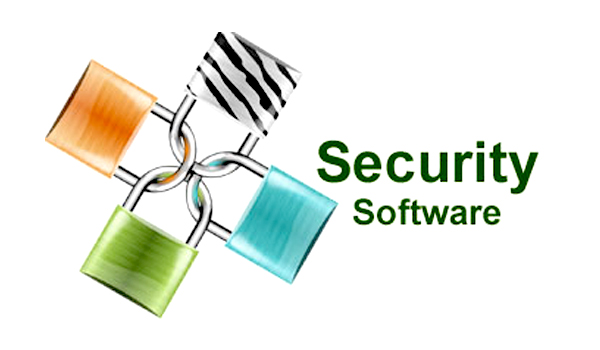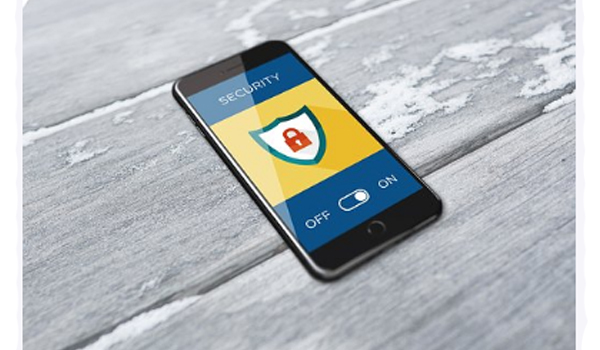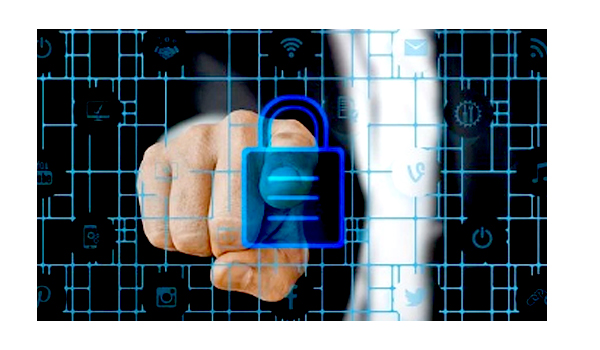
Security Software
Explore Security Software category & post requirement to connect with Security Software provider for your business and get the best quotes from multiple Security Software provider.
What is Security Software?
Security software encompasses a range of tools and applications designed to safeguard digital assets from unauthorized access, data breaches, malware, and other cyber threats. These solutions provide layers of defense to ensure the confidentiality, integrity, and availability of critical information.
Key Features of Security Software
Security software offers a variety of features to address diverse security needs:
1. Antivirus Protection
- Detects and removes viruses, malware, ransomware, and spyware.
- Provides real-time scanning to identify potential threats before they cause harm.
2. Firewall Protection
- Monitors and controls incoming and outgoing network traffic.
- Blocks unauthorized access while permitting legitimate communication.
3. Intrusion Detection/Prevention System (IDS/IPS)
- Detects unusual activities in the network.
- Prevents unauthorized access or attacks in real time.
4. Data Encryption
- Secures sensitive information by converting it into an unreadable format.
- Ensures data confidentiality during transmission and storage.
5. Two-Factor Authentication (2FA)
- Adds an extra layer of security by requiring a second verification step.
- Reduces the risk of unauthorized access due to stolen credentials.
6. Secure Web Browsing
- Protects users from malicious websites and phishing attacks.
- Warns against downloading potentially harmful files.
7. Email Security
- Filters spam, phishing attempts, and email-borne malware.
- Secures business communications and protects sensitive information.
8. Identity and Access Management (IAM)
- Manages user identities and permissions to ensure proper access control.
- Enables role-based access to sensitive resources.
9. Security Patch Management
- Ensures that systems and applications remain updated with the latest security patches.
- Fixes vulnerabilities to prevent exploitation by cybercriminals.
10. Network Monitoring
- Provides real-time visibility into network activity.
- Detects and alerts on anomalies to prevent potential threats.
11. Backup and Recovery
- Creates secure backups of data to ensure availability during disasters or attacks.
- Facilitates quick recovery to minimize downtime.
12. Mobile Device Security
- Protects smartphones and tablets from malware and unauthorized access.
- Enables remote wiping of data in case of device loss.
13. Centralized Management
- Provides a unified dashboard to manage security policies and monitor threats across all devices and networks.
Benefits of Security Software
Implementing security software offers numerous benefits, including:
1. Protection Against Malware
Defends systems from viruses, ransomware, spyware, and other malicious software.
2. Network Traffic Control
Monitors and regulates network activity to prevent unauthorized access and data breaches.
3. Real-Time Threat Detection
Continuously scans for vulnerabilities and alerts on potential risks.
4. Secure Data Transmission
Encrypts sensitive information to prevent unauthorized access during transfer.
5. Enhanced Access Control
Implements robust authentication measures like 2FA to restrict unauthorized entry.
6. Defense Against Phishing
Blocks malicious websites and phishing emails to safeguard user credentials.
7. Spam Reduction
Minimizes the influx of spam emails and protects against malware hidden in attachments.
8. User Access Management
Enforces role-based access controls, reducing the risk of insider threats.
9. Vulnerability Mitigation
Keeps systems up to date with patches, closing security loopholes proactively.
10. Proactive Threat Response
Detects and neutralizes threats before they cause harm.
11. Data Recovery
Ensures quick restoration of critical data in case of attacks or accidental loss.
12. Mobile Security
Safeguards mobile devices, which are increasingly targeted by attackers.
13. Simplified Security Management
Streamlines administration through centralized dashboards, saving time and resources.
Types of Security Software
To cater to varying security needs, there are several types of security software:
1. Antivirus Software
Protects against malware, spyware, and other malicious software.
2. Firewall Software
Provides a barrier between trusted networks and untrusted sources.
3. Intrusion Detection/Prevention System (IDS/IPS)
Monitors and prevents unauthorized network activities.
4. Encryption Software
Secures sensitive data using advanced encryption algorithms.
5. Two-Factor Authentication (2FA) Software
Implements additional authentication steps to enhance security.
6. Secure Web Browsers
Ensures safe browsing by blocking malicious sites and downloads.
7. Email Security Software
Safeguards against phishing, spam, and email-based threats.
8. Identity and Access Management (IAM) Software
Manages user roles and permissions for enhanced access control.
9. Patch Management Software
Automates updates to keep systems secure.
10. Network Monitoring Software
Tracks network activity to identify and mitigate threats.
11. Backup and Recovery Software
Provides data protection and disaster recovery solutions.
12. Mobile Device Security Software
Protects mobile devices from cyber threats.
13. Password Managers
Stores and manages passwords securely.
14. Virtual Private Network (VPN) Software
Encrypts internet traffic to ensure secure remote access.
15. Data Loss Prevention (DLP) Software
Prevents unauthorized access and transmission of sensitive data.









